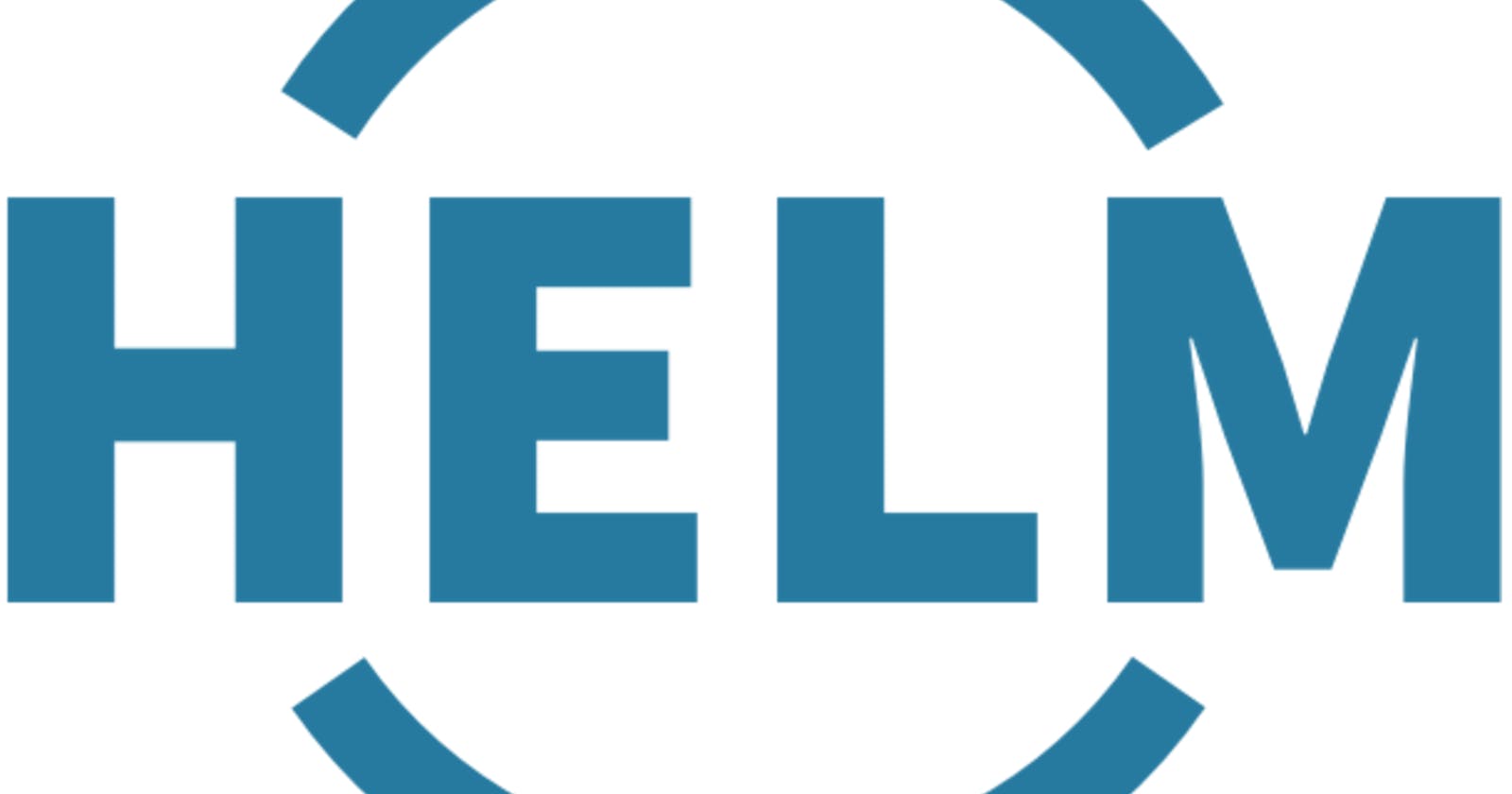Introduction
Helm Charts is a package manager for Kubernetes, enabling the streamlined management of even the most intricate Kubernetes applications. Let's explore what Helm Charts are, how they work, and the benefits they offer for Kubernetes deployments.
What is a Helm Chart?
A Helm Chart is a collection of pre-configured Kubernetes resources, bundled together as a package. It consists of the following components:
📂 Templates: YAML templates for various Kubernetes resources like Deployments, Services, and more.
📝 Values files: Default configuration values for the templates, allowing easy customization.
📂 Charts: Nested charts representing dependencies to simplify the management of complex applications.
📝 Chart.yaml: Metadata, such as the chart name, version, and any dependencies.
📝 README.md: Documentation to guide users on how to utilize the chart effectively.
Helm uses Go templates to render Kubernetes manifest files based on the values specified in the values.yaml file. This empowers users to customize several aspects, including the number of replicas, resource requests/limits, environment variables, image tags, ConfigMaps, and Secrets.
How do Helm Charts work?
Here's a step-by-step overview of how Helm Charts function:
📦 Chart Definition: You define a chart that describes your application and any dependencies it relies on.
📋 Configuration: You configure values in the
values.yamlfile according to your deployment needs.⚙️ Installation: You install the chart using the following command:
helm install [RELEASE_NAME] [CHART] --set [PARAMETERS]
🛠 Templating: Helm renders the templates, generating the actual Kubernetes manifests.
📤 Kubernetes API: The manifests are sent to the Kubernetes API server for resource creation.
🚀 Resource Creation: Kubernetes creates the resources as defined in the manifests.
📡 Monitoring and Updates: Helm continually monitors the resources and can update them when needed.
Benefits of Helm Charts
Helm Charts offer several advantages that make them a preferred choice for managing Kubernetes applications:
📦 Reusability: Charts can be shared and used across different environments and clusters.
📋 Parameterization: Charts are configurable via
values.yaml, making them highly adaptable.🛠 Versioning: Charts come with version tracking, ensuring proper management of changes over time.
🗃 Templating: Templates facilitate customizations for various environments.
📡 Upgradability: Charts can be easily upgraded to newer versions using
helm upgrade.📤 Shareability: Charts can be shared conveniently via Helm repositories.
📚 Centralization: Helm boasts a central repository, such as Artifact Hub, housing numerous charts for various applications.
How to Use Helm Charts?
To make the most of Helm Charts, follow these steps:
📦 Create Chart: Establish a chart directory structure for your application.
📝 Write Templates: Develop templates for the Kubernetes resources required for your application.
📋 Define Values: Set default configuration values in the
values.yamlfile.📝 Document the Chart: Provide clear and comprehensive documentation in the
README.md.🛠 Installation: Install the chart using
helm install.📋 Customize Values: Optionally, pass custom values using the
--setflag.📡 Upgrade: Upgrade the chart using
helm upgradewhen necessary.📤 Publishing: If desired, publish the chart to a Helm repository.
Summary
📝 Helm Charts enable the streamlined deployment of Kubernetes applications by offering a structured approach to package management. Gone are the days of manually crafting complex YAML manifests, repetitive configurations, and managing multiple files. With Helm Charts, you can easily define, install, and upgrade even the most intricate Kubernetes applications, while enjoying the benefits of reusability, parameterization, versioning, and centralization. Embrace Helm Charts to unlock a world of simplicity and efficiency in Kubernetes application management!
